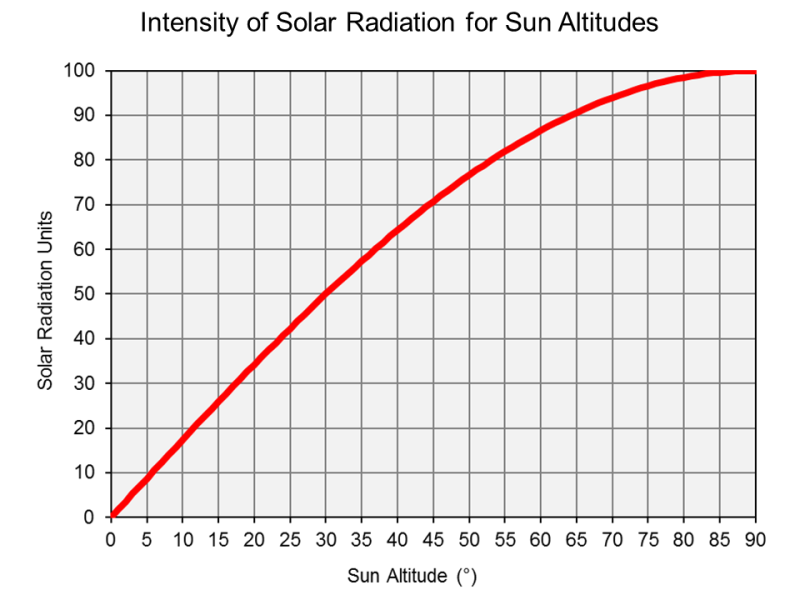SolarQueen
Making renewable do-able at www.alteStore.com
Just jumping in to the game now. Your location and loads list is exactly what is needed for this group to be able to help you. With the couple of corrections you made in the loads list, like the washing machine running occasionally, the microwave running less than an hour, etc, I think everything does round out to about 10kWh a day. Perhaps on days that you run a load of laundry, you turn off one of the fans to make up for it. Based on snoobler's 5.14 sun hours, which as he explained, is not hours of sun, but total time the sun equals the strength of noon, i.e. from 8am to 10 pm probably equals 1 sun hour, where from noon to 1pm is also 1 sun hour. 10,000Wh a day / 5.14 sun hours / .6 system losses = 3,200W of solar.
The size of the battery bank depends on what type of batteries, lead acid or lithium, and how many days without sun you need to run them off batteries before the sun can recharge them. Based on your other post, I'm assuming lithium. You don't want to use more than 80% of the stored energy in lithium batteries, so for 10kWh used a day, you want a 12.5kWh battery bank. That's assuming one day of storage. If you expect to have several days without sun, then you need to multiply that by the number of days you want battery backup. In the Caribbean, you probably won't have all that many days without sun, and on those days, you can chose to not run the washing machine and maybe turn off a fan to save energy.
The KiloVault HAB you were looking at in the other post has 7.5kWh of storage, so 2 of them would be plenty in my opinion at 15kWh. If you are interested, we do have them in stock in Puerto Rico, so shipping cost may not be as much as buying them from mainland US.
The size of the battery bank depends on what type of batteries, lead acid or lithium, and how many days without sun you need to run them off batteries before the sun can recharge them. Based on your other post, I'm assuming lithium. You don't want to use more than 80% of the stored energy in lithium batteries, so for 10kWh used a day, you want a 12.5kWh battery bank. That's assuming one day of storage. If you expect to have several days without sun, then you need to multiply that by the number of days you want battery backup. In the Caribbean, you probably won't have all that many days without sun, and on those days, you can chose to not run the washing machine and maybe turn off a fan to save energy.
The KiloVault HAB you were looking at in the other post has 7.5kWh of storage, so 2 of them would be plenty in my opinion at 15kWh. If you are interested, we do have them in stock in Puerto Rico, so shipping cost may not be as much as buying them from mainland US.





